Curb your tobacco cravings with a nicotine patch
Can a small patch on the arm actually help a person who wants to cut down on their smoking? Both research and experience say yes! Nicotine patches are one of the most well-tested methods for quitting smoking. They are an established and successful method that has helped many people.
A lot has happened since nicotine patches were launched at the start of the 90’s. Techniques and products have been developed and become more effective. Today there are several different types of patches to choose from. Here we will go over all you need to know about the well-tested nicotine drug.
Everything about nicotine patches
What are nicotine patches?
Nicotine patches are one of the most well-known drugs for overcoming an addition to tobacco. For roughly 30 years they have been available as a well-tested and effective aid for people who are struggling to quit smoking. Many clinical studies have shown they have a good effect and result.
Simply put, the patch contains nicotine that is absorbed via the skin and reaches the bloodstream, thus curbing the tobacco cravings and problems with abstinence.
Nicotine patches are classified as a drug and are available for purchase at the pharmacy and in grocery stores.
How do they work?
Actually, it’s the same principle as a normal plaster. You apply it to the skin
and it quickly adheres to the skin. Naturally, the difference is that normal plasters are used for wounds, while nicotine patches are used to wean people off nicotine.
The patch is placed on the skin and releases a small amount of nicotine into the body. Through a controlled dose of nicotine that is absorbed via the skin you are given an even, balanced nicotine treatment throughout the day.
There are many different types of nicotine patches. You can certainly find a type that suits you and your needs.
Examples of different types are:
- Patches with different durations of action (e.g., 16 or 24 hours)
- Patches with different nicotine content and strength
- Different sizes
- Different colours
The patch is worn on the skin, often on the upper arm, but in principle you can place it anywhere on the upper body, perhaps you would like to hide it underneath your clothes or you have certain parts of the skin that are more or less sensitive.
What are the advantages and disadvantages?
Everyone has different preferences when it comes to nicotine drugs. What works well for one person might be completely wrong for someone else. Just like all other drugs, nicotine patches have different advantages and disadvantages.
With an overall picture of what can happen when you use the drug it will become easier for you to find an aid that suits you and your needs.
Advantages:
- With a continuous release of nicotine throughout the day you will have an even level of nicotine in your blood and will therefore have a lower risk of a sudden tobacco craving
- The patch lasts a long time, one day or a 24 hour period
- The patch is discrete and can easily be applied to the skin
Disadvantages:
- The biggest disadvantage with patches is that they provide a very slow effect, so if you use a patch when you have a tobacco craving then you will not experience any effect until hours later
- They are often expensive
- It is not possible to self-dose the amount of nicotine you intake
- Can irritate the skin
- Provide no oral stimulus, which can be a difficult habit for smokers to break
What do nicotine patches contain?
Naturally, the active substance is nicotine. The patch is available in many different strengths, which means that you can find a dose that suits you and that provides you with sufficient help against abstinence.
The most common strengths are:
- 7 mg
- 10 mg
- 14 mg
- 15 mg
- 21 mg
- 25 mg
The varying nicotine content in different patches means that you can gradually scale back during your treatment.
Do nicotine patches have any side effects?
There are a number of risks associated with adding nicotine to the body. With a nicotine patch, you may also experience skin problems in addition to nicotine related effects.
Common side effects are:
- Skin problems
- Itching
- Nausea
- Dizziness
- Stomach-ache
- Sleep disturbance
- Palpitations
In many cases these problems will pass and can ease once you have become accustomed to the treatment. The problems can also be due to abstinence because you have quit smoking.
How many nicotine patches should I use?
There are 24 hour patches and day patches that work for 16 hours. These are also available in different strengths.
The recommended use is to apply a 24 hour patch each day, usually in the morning and allow it to work for 24 hours. Then you change to a new patch. The 24 hour patch is for those who have a tobacco craving when they wake up and want to have a supply of nicotine when they sleep.
Many people find that using a 16 hour patch is sufficient and they only receive a supply of nicotine during the hours of the day when they are awake.
It is most common to begin treatment with a patch that has a high nicotine strength, then decrease with weaker patches after approximately one to two months.
Keep in mind that you should always read and follow the instructions found in the package leaflet.
How much does it cost?
Different strengths, number of patches in the package and the supplier you choose are all different factors that impact the price. Packages of 14 patches usually cost around SEK 300.
I am pregnant Can I use nicotine patches?
No. It is not good to use nicotine and tobacco while you are pregnant. There is plenty of scientific research that shows how harmful nicotine is to the foetus. The nicotine that enters the mother’s body primarily causes the blood supply in the placenta and the uterus to be greatly reduced. This results in the baby’s growth being impaired.
Breastfeeding and nicotine are also a bad combination. The nicotine in the mother’s blood follows along with the breast milk and goes further to the child, thus representing a risk to the child’s health.
If you are pregnant, it is best to try to quit smoking without nicotine drugs, quite simply to minimise the risks to the baby and for yourself. Consult your doctor or midwife if you need more support, advice and assistance with respect to nicotine treatment during pregnancy and breastfeeding.
Nicotine patches and children
Nicotine is an active substance and is particularly harmful to small children. Children who have ingested nicotine can have clear symptoms, such as:
- Nausea
- Vomiting
- Headache
- Dizziness
Although the nicotine in the patch is released quite slowly it can still be very harmful. Always store your nicotine patches away from children. Also be careful that used patches do not end up where curious children can get hold of them. One good tip is to fold the used patch together with the sticky side inwards. This minimises the risk of it being harmful.
If you child happens to swallow a nicotine patch you should contact poison control immediately and follow the recommendations you are given.
Where do I buy nicotine patches?
Nicotine patches are an over-the-counter medicine. You can find the patches at the pharmacy, among the other products available for people to quit smoking. They are also sold in grocery stores and in webshops.
You must be at least 18 years of age to be able to buy nicotine patches.
Read the package insert before you use a patch. To get the best effect and so that you feel as best as possible during your treatment, it is important that you follow the recommended dose and do not take a dose that is either too high or too low.
Where on the body should I place the patch?
In principle, the patch works on most areas of skin. However, you will receive the best effect if it is an area of the skin that does not have wounds, is dry, clean and does not have any hair.
The most common and well-tested areas are:
- Back
- Upper arm
- Hip
- Chest
So that the patch sits as effectively as possible, you should press it on with the palm of your hand so that it adheres properly.
In some cases, nicotine patches can irritate the skin. Therefore, it is best to change the location between applications. Let a week pass before you reuse a location on the skin in order to avoid problems with the skin or itching.
If wearing the patch feels uncomfortable or strange then simply cover the patch with your clothing. Choose a location where it cannot be seen. Quitting smoking and facing problems with abstinence is tough enough to deal with. You should not feel any shame or discomfort because you are using a nicotine drug to get help.
What happens if I smoke at the same time as I use a patch?
Tobacco cravings are a strong force and even those who wear nicotine patches can feel the desire to smoke a cigarette despite wearing the patch. But what happens if you smoke at the same time as you wear a patch?
Naturally, the effect depends on how sensitive to or how accustomed a person is to high doses of nicotine, but we do not recommend using a nicotine patch and continuing to smoke as usual. Even those who are accustomed and who have been using tobacco for many years can suffer from nicotine poisoning and feel extremely ill.
What happens if I ingest too much nicotine?
You may feel:
- pulse
- Nausea
- Vomiting
If you already have cardiovascular disease you should speak with your doctor as nicotine poisoning can be extremely dangerous. The general idea for using nicotine patches is to help you break free from your dependency in the end. Not to simply replace one nicotine source with another. Use the patch as directed and you will have a greater chance of reaching your goal and beginning your new smoking and nicotine-free life.
Do you need some inspiration to get started? Read more about advantages of quitting smoking.
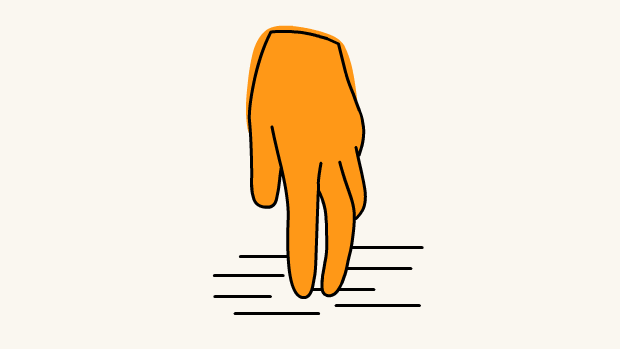
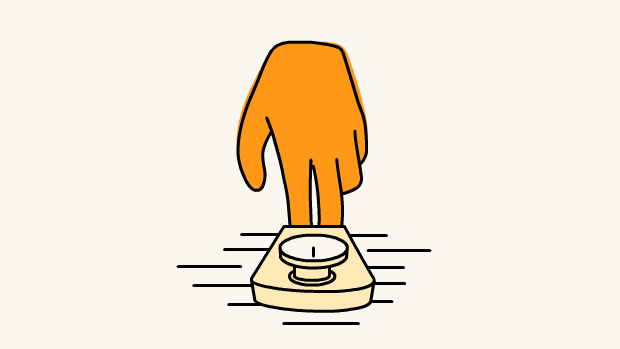
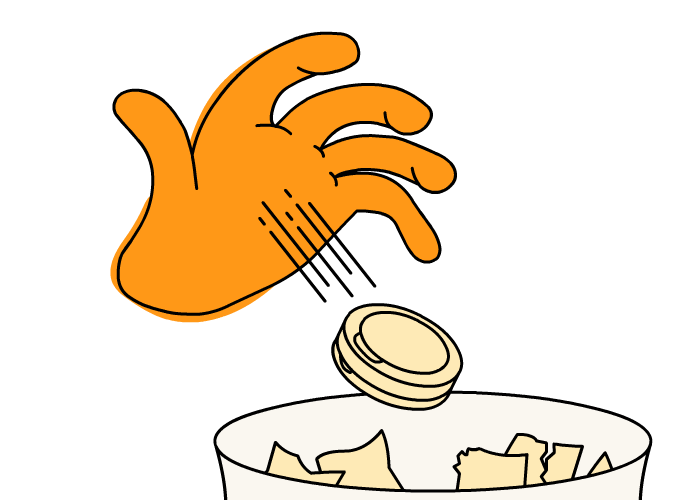
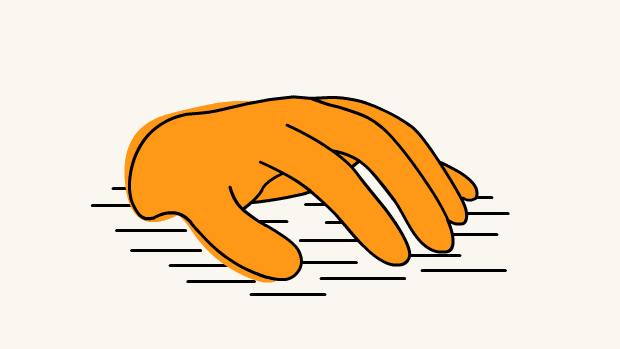

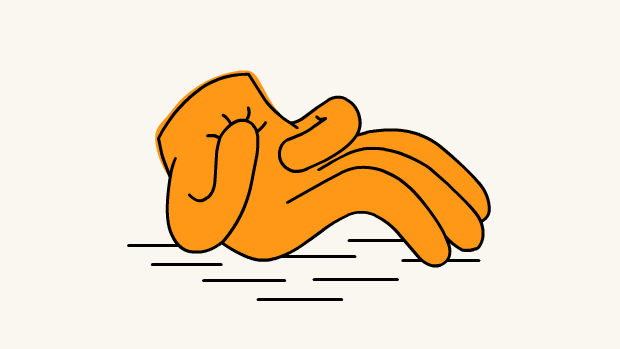
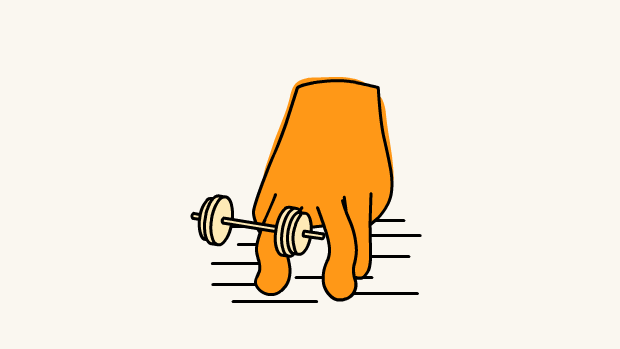
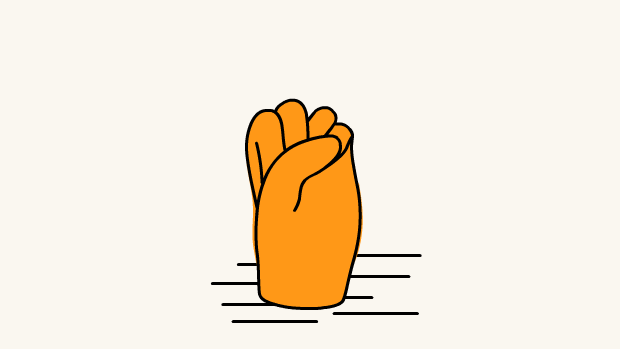
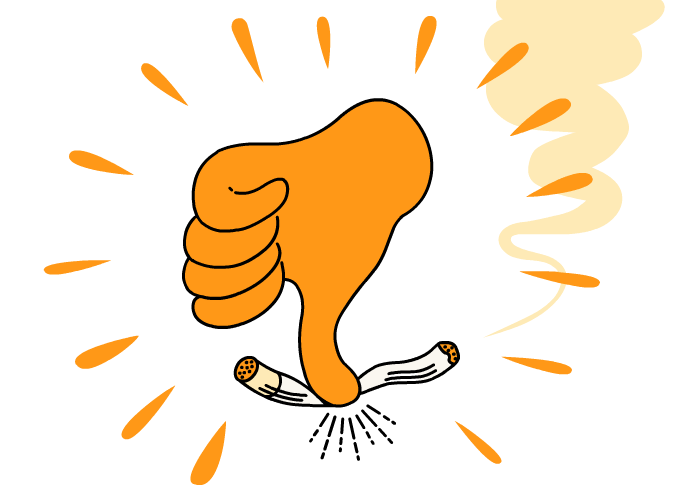
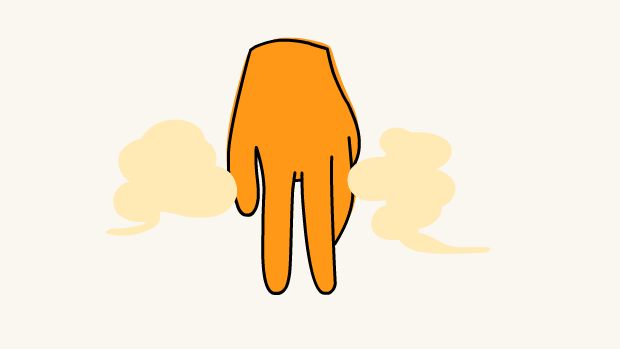

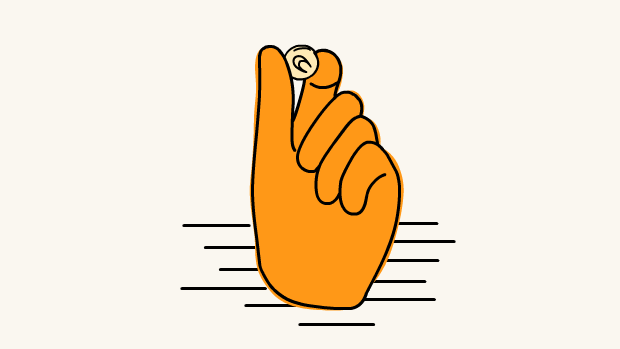
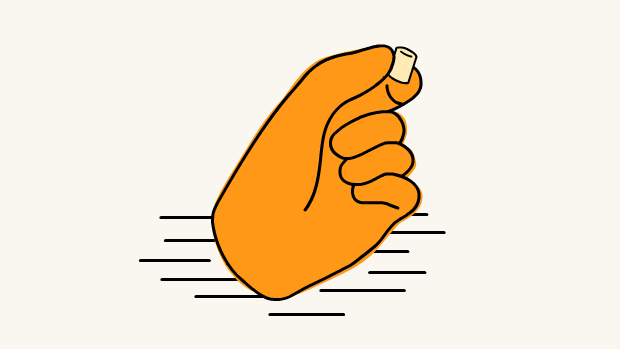
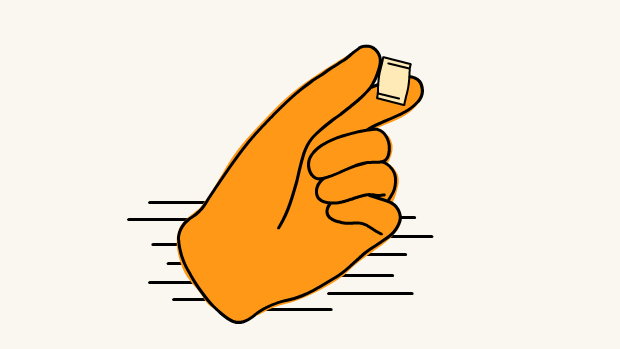
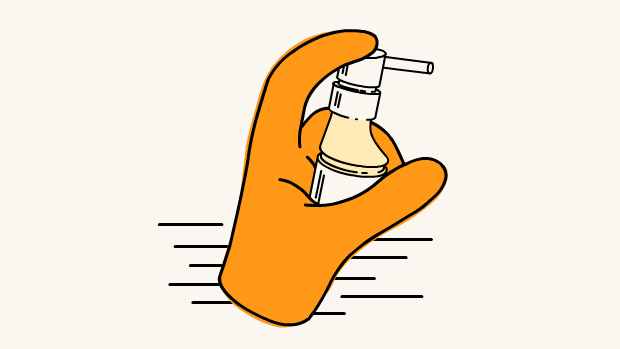
 Apohem
Apohem  Apotea
Apotea  Apotek hjärtat
Apotek hjärtat  Apoteket
Apoteket  Apoteksgruppen
Apoteksgruppen  Kronans apotek
Kronans apotek  Doz apotek
Doz apotek  Meds
Meds